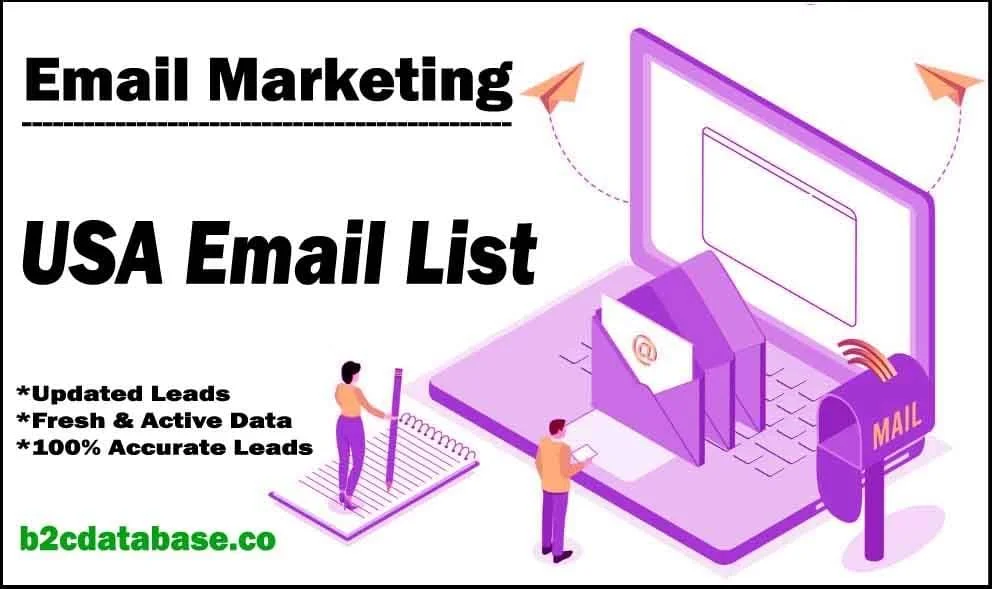Your digitally transformed shopping experience
The holiday season was the main inspiration for this article. There’s a common belief that physical stores are endangered because of the rise and popularity of online stores. There is a transformation in shopping habits and experience indeed: a digital transformation. Nevertheless, it is not the end for malls and traditional brick and mortar stores. In today’s digital era most sectors, such as agriculture, banking or health, are currently going through changes. Jobs, organizations and behaviors are adapting to this digital revolution. They are developing and implementing an omnichannel retail strategy. Actually, what is happening today is that traditional commerce and e-commerce are fusing rather than exterminating one another.
Shopping in a digitally transformed environment
To keep the in-store experience alive, it is USA Email List important to create engagement with customers. QR codes are popping up in many different stores. Indeed, 60% of shoppers would scan barcodes while shopping. This in-store digital initiative is linked to different important aspects of the new customer experience: loyalty, the power of mobile and creation of strong relationships with customers. By scanning the famous QR code during any purchase, loyalty information and purchase history are collected and stored. Brands, stores and malls need to develop new sets of skills to connect and build engaging experiences across all channels with today’s digital customers. They need to understand the different ways shoppers want to connect.

Let’s illustrate these statements with some interesting examples. Yves Saint Laurent teamed up with Google, to build an interactive in-store experience. Using the Google glass, shoppers can have a virtual make-up session. After collecting their personal information (email address, phone number etc.), Yves Saint Laurent sends an email to customers with their picture, the products used during the make-up session, and a link that redirects her to the e-store, where she can find and purchase these products. By doing so, the luxury make-up brand is creating an in-store experience in order to merge online and offline engagement.
Back to QR codes, Puma used this innovation as part of a product launch in London. When potential customers scan this code, they are redirected to the brand’s Youtube page, showing thenew menswear collection, and sharing some information about it.